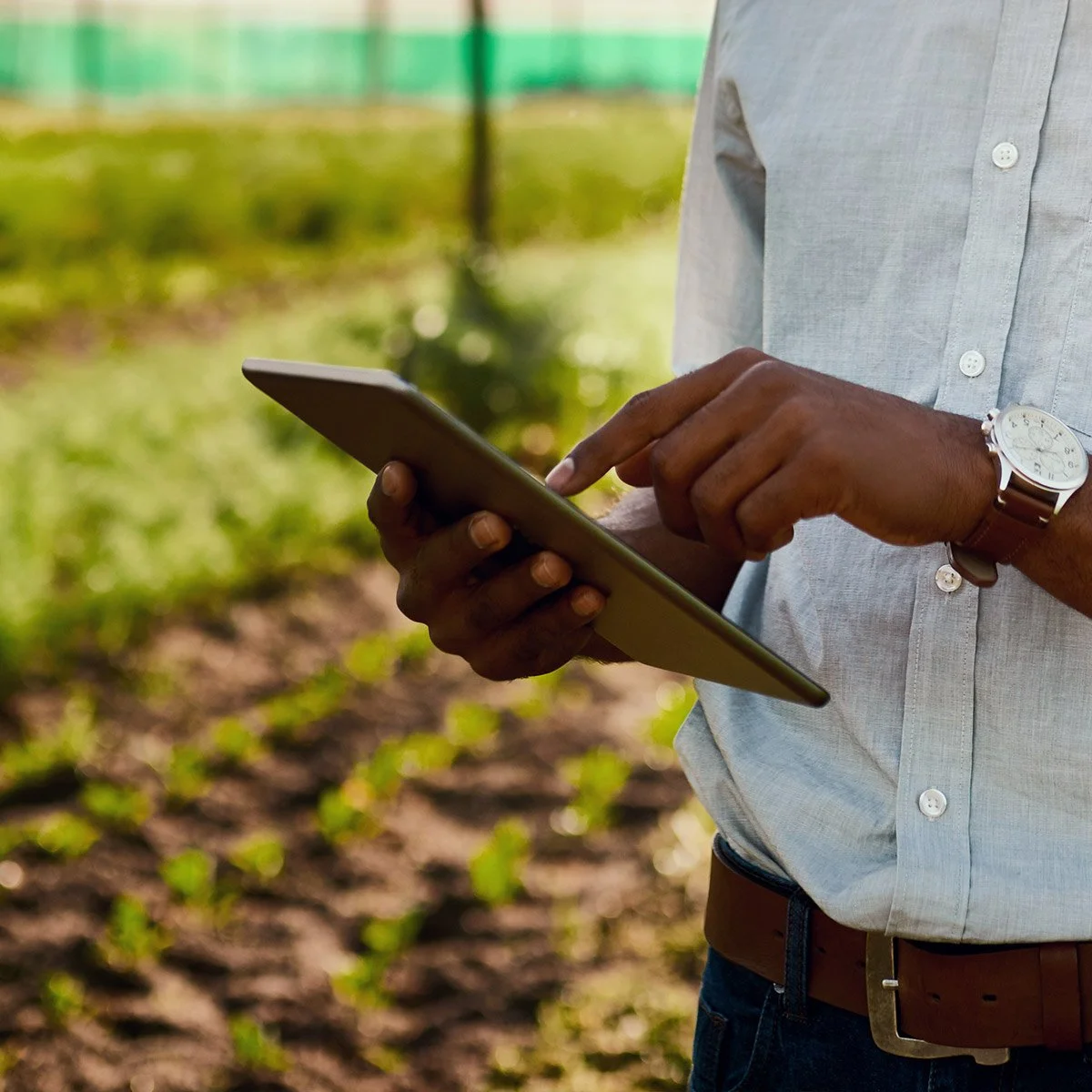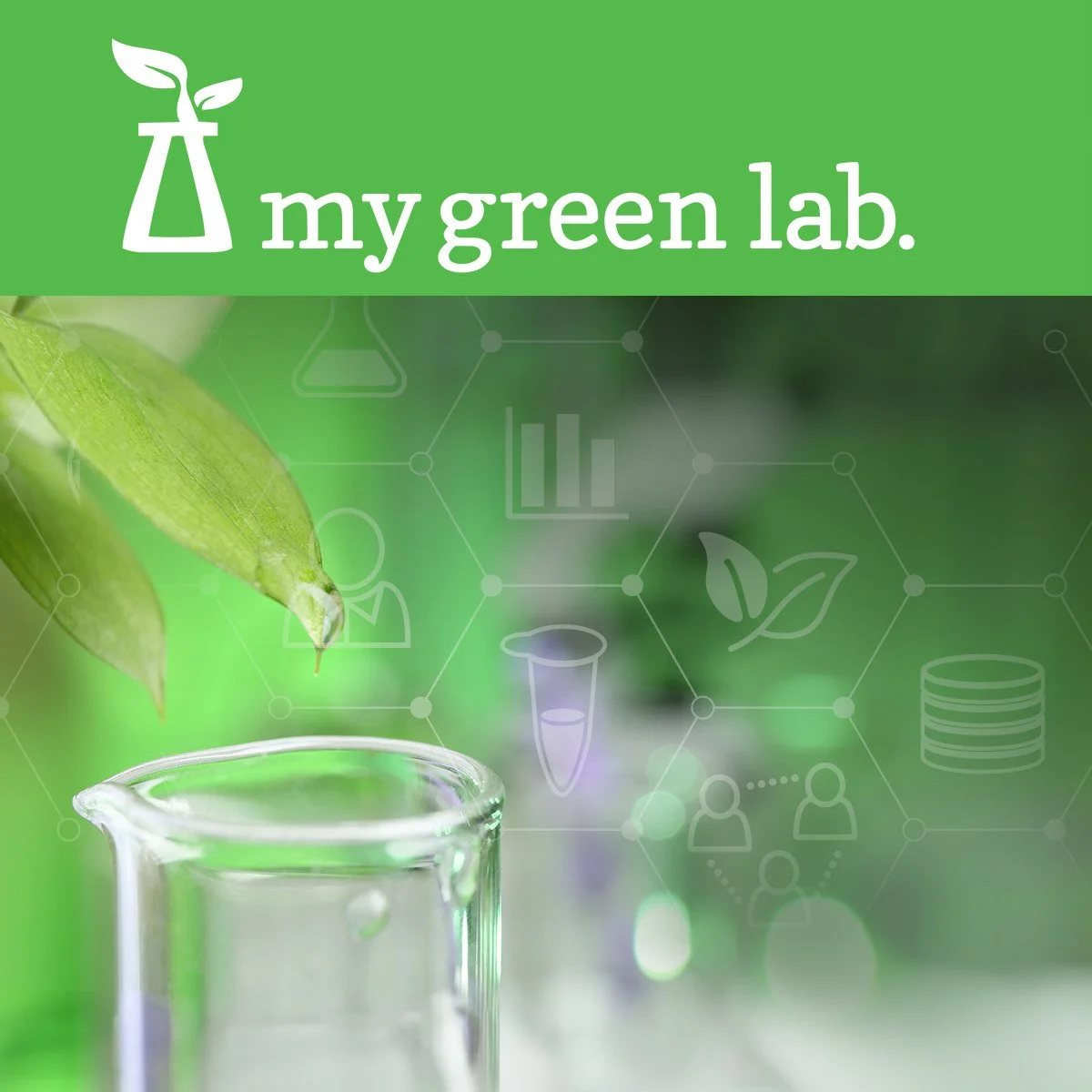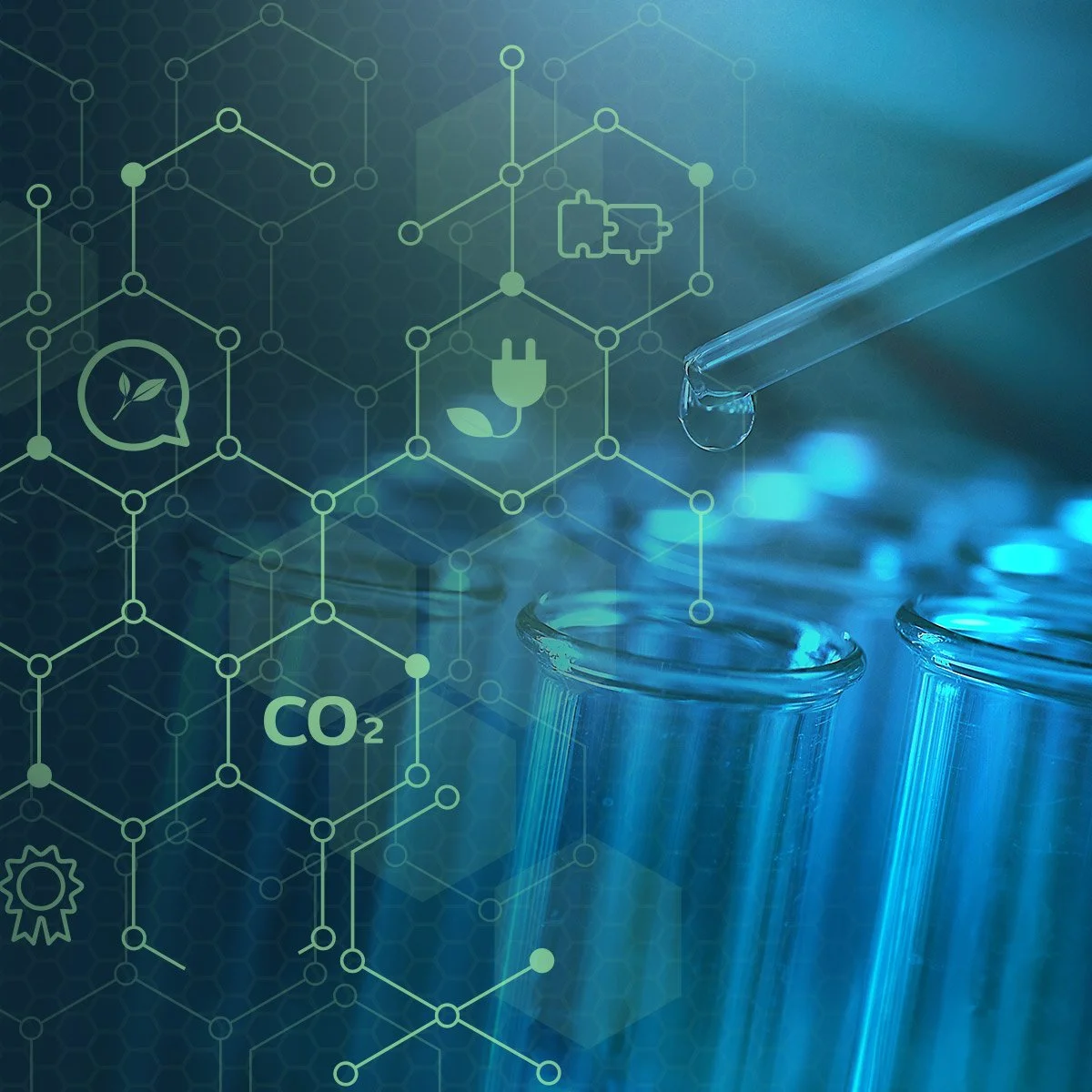Shutting the sash can result in huge savings for your lab, department, and institution! Quentin explains how this simple program could save his University upwards of $300,000 PER YEAR
Read MoreCREATE SUCCESS for your Shut the Sash Program, Tip No.2!
Not all fume hoods are created equal - but all can be managed better! Save almost 2/3 the operational cost by making sure that your Shut the Sash program is working with these amazing case study tips!
Read MoreMAXIMIZE your Shut the Sash Program Tip No. 1!
Quentin recently wrote 5 tips to ensure that your lab's Shut the Sash efforts create awesome results. Here he explains in more depth the what and the how for implementing tip 1!
Read More5 TIPS to MAXIMIZE your Shut the Sash Program!!
Did you know that one fume hood can use as much energy as FIVE single family homes?! While a lot of labs remind you to Shut the Sash!, Quentin actually knows how to implement this program and get the big energy and utility cost savings that make a difference. Follow these 5 tips to make your Shut the Sash program work in your lab!
Read MoreGreen Lab Build - Implementing Change
Projects focused on energy use reduction, decreased water usage, and overall improvements to waste management start to take shape and activate in the lab!
Read MoreGreen Labs Oahu
Seth starts to look at building out different #greenlabs programs on different budget scales! We've got your solutions covered!
Read MoreGreen Lab Program is LIVE! Erin's Green Lab Build, Week 12
Green Lab Scientists Coordinating with Facility Managers
Copyright: bakhtiarzein
The pilot program is officially off and running! Five laboratories at the University of Chicago are participating, including the Adams, Dolan, Horne-Badovinac, Gounari, and Turkewitz labs. I met with each EcoLeader individually to discuss how I can best help their labs reduce their carbon footprint. There was some variation, although most of the approaches are the same. Additionally, I realized just how important working with facilities would be to not only help these pilot labs, but make any large impact division-wide.
All of the pilot laboratories are within the biological sciences, so there is some degree of similarity between the labs, although their level of initial sustainability was extremely variable. One lab studies flies and much of their materials are reused and processed for them, so waste creation was not a big issue for that lab. Another creates a lot of plastic wrap waste, but collects the wrapping to recycle at the grocery store. Some labs use fume and cell culture hoods all the time, while others do not. One lab was already so good about waste creation and energy reduction that I had to give them extra challenges. Most of the labs were pretty small, but one lab is fairly large with quite a few very passionate individuals to remind other more forgetful lab members to shut the fume hood. A few labs use a lot of tin foil, so we talked about how they can reduce, reuse, and recycle non-contaminated tin foil. I also spoke with each lab about chilling up their ultralow freezers from to -70. They were all fairly receptive to the idea, and a few have already begun chilling up their freezers! Water use was an issue in a few of the laboratories, which was the first sign that facilities services needs to be working with us to make a real impact.
When discussing increased recycling with the laboratories, I discovered that facilities are inadvertently undermining the labs’ previous attempts to be more sustainable. Labs in every building have seen facilities services dump the recycling into the trash, rendering any recycling attempts completely futile until facilities fixes their protocols. I would love to start expanding our efforts, but first our communication with facilities must improve. This was a common theme across many approaches to increase sustainability. The facilities staff turns on the lights overnight and do not turn them off when they are finished. And to top it off, leaking faucets in some buildings are rarely fixed, so a tremendous amount of water is wasted.
GreenLabs has set up a meeting with facilities, including building managers and someone in charge of electricity use. We are hoping to tackle waste disposal, water waste reduction, and electricity use reduction in this meeting. Regarding waste, we would love for facilities to recycle what is in the recycling bins and only replace plastic bags when the bins are full or it is necessary to do so. I hope to work with facilities to install water aerators and improve their response time to leaky faucets. Lastly, there are many simple behavioral cues that can be placed throughout biology buildings that could greatly reduce electricity use in labs, including signage to turn off the lights, use less paper towels, and shut the fume hoods. It would be wonderful if facilities could help GreenLabs distribute these signs to make huge impacts division-wide!
Living Greenhouse Wastewater Treatment Facility
Looking at New England Biolabs wastewater treatment facility is awesome - its a living greenhouse that purifies up to 27,500 gallons per day!
Read More











Over the past year, Célia Algros took part in a project to discover microbial enzymes that could metabolize nucleosides in an internship at NEB. In an offshoot of this project, she also surveyed energy consumption, consumables, and waste generated to estimate the carbon cost of her E. coli transformations. The effort gave her a new appreciation for both the complexity of calculating carbon footprints and the sizable environmental impact of experiments.